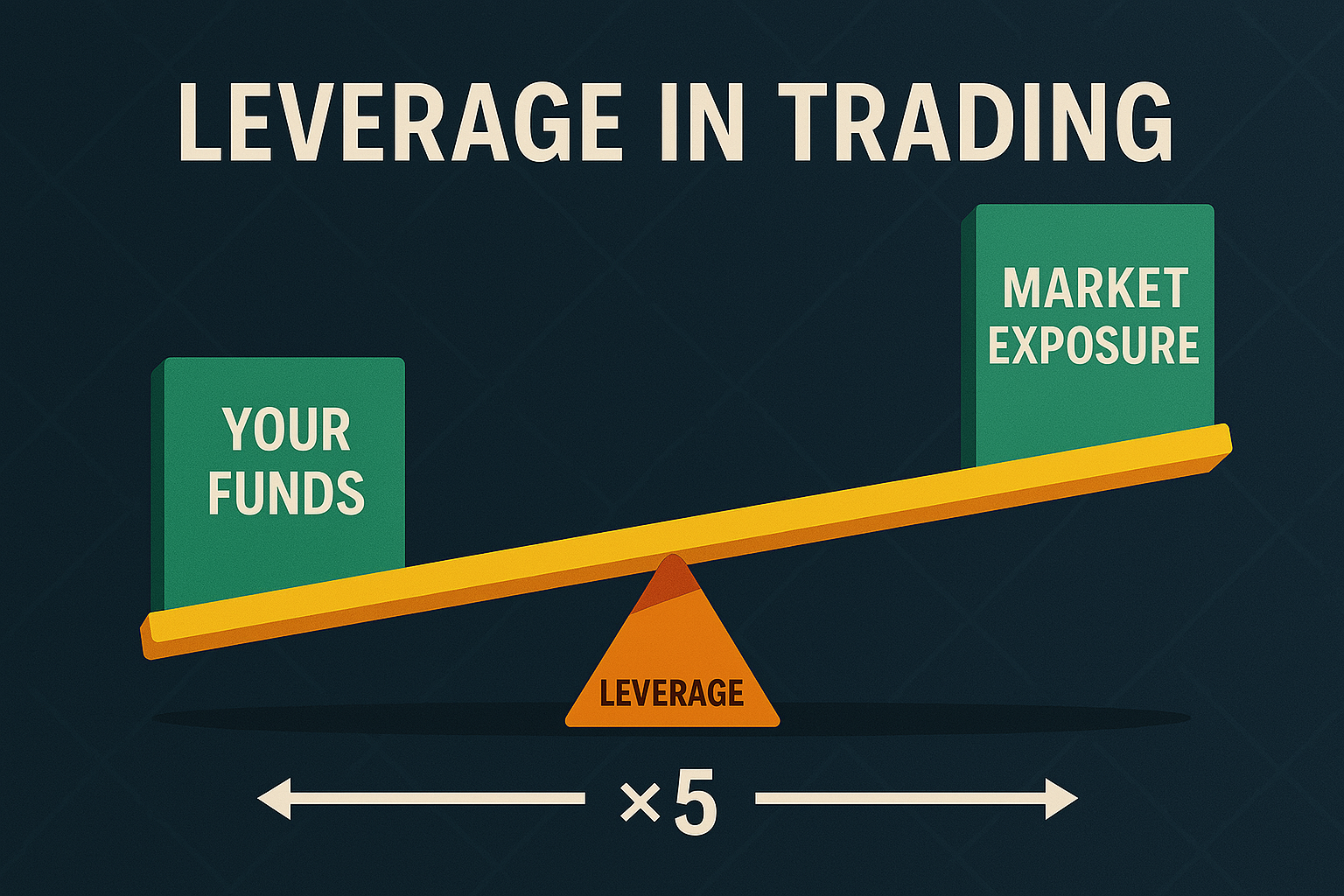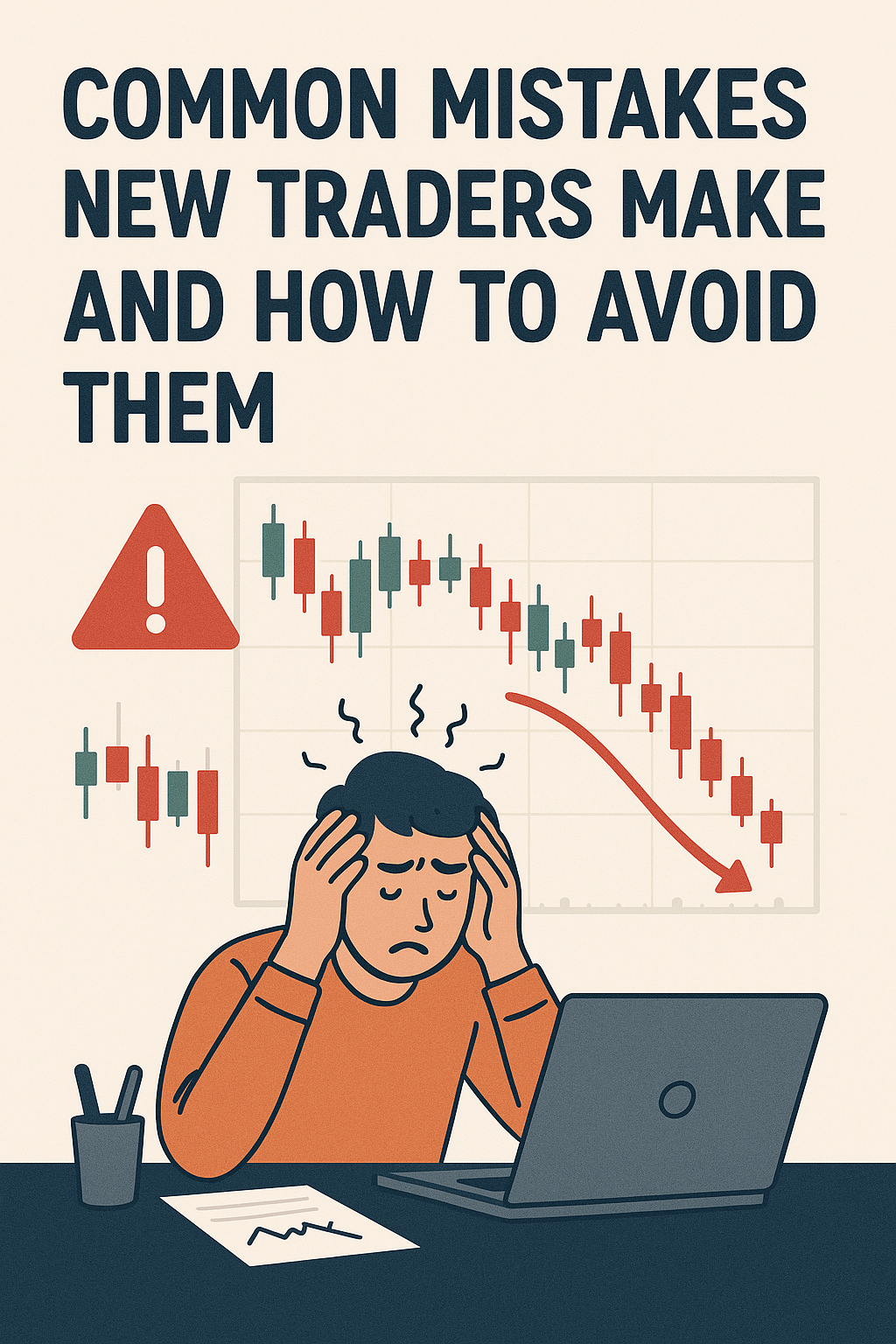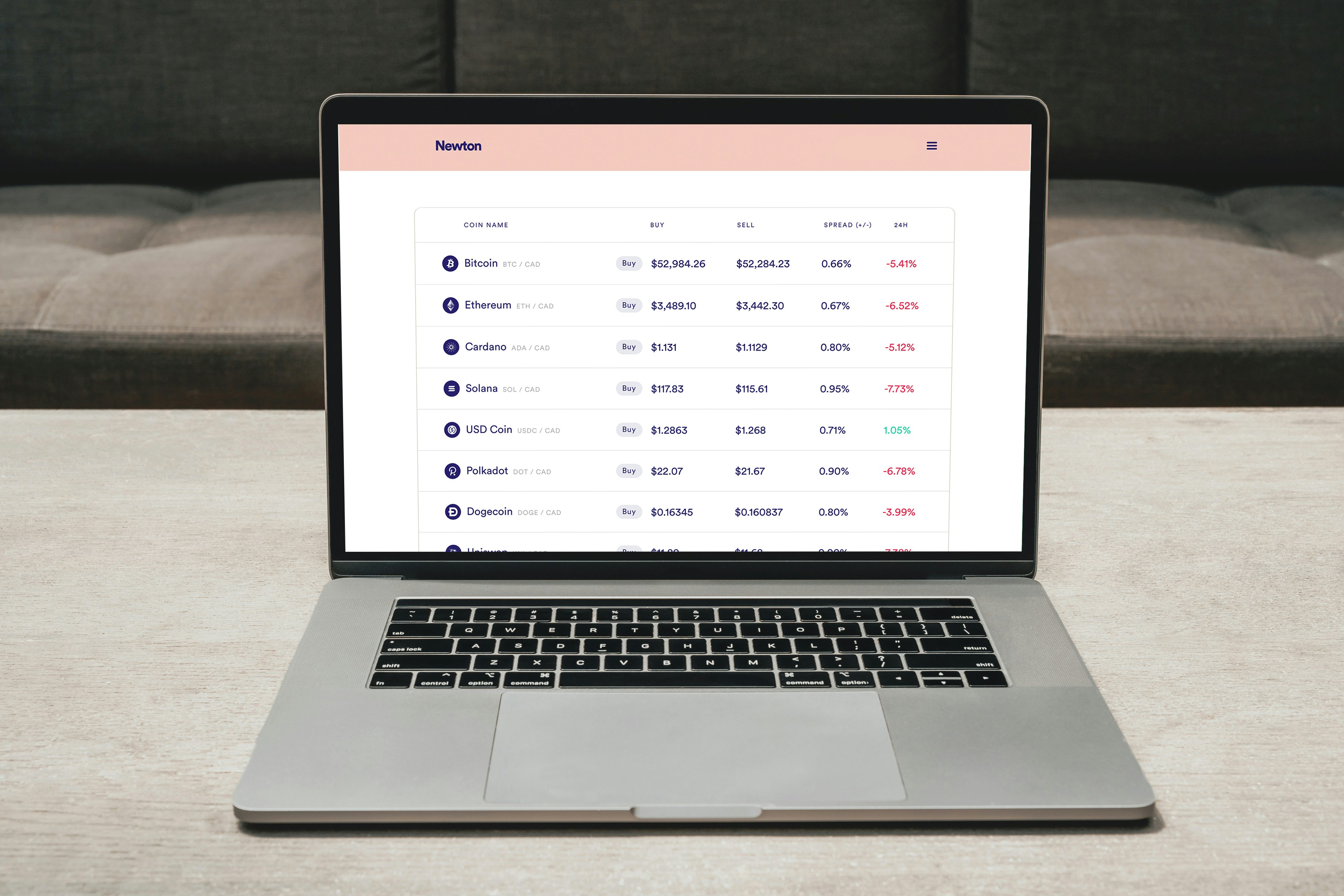Options on Stocks: Increasing Leverage
Options are leveraged trading instruments. This means that buying or selling an option gives the trader the ability to control a larger trading position with a smaller amount of capital outlay. Each stock option typically represents control over 100 shares of the underlying asset. This dynamic allows traders to gain leveraged exposure, as the option can magnify potential profits or losses significantly more than the directly invested in the stock. Consequently, options on stocks can introduce a higher level of risk and reward than simply buying or selling the underlying stock. Trading options allow the investor or trader the ability to control larger positions with smaller amounts of money and can significantly increase the possible risk to reward of the trade.
The Nature of Leverage in Futures Contracts
Futures contracts are themselves leveraged instruments. They also allow traders to control a significant amount of an underlying asset with a comparatively small margin. This built-in leverage means that futures traders can experience amplified gains or losses based on the price movement of the underlying asset.
Because people know that options typically add leverage they might be hesitant to consider trading options on futures, possibly from fear of being overleveraged or possibly simply not understanding the dynamics of trading options on futures but the reality is that options on futures do not add additional leverage as options on stocks do.
Options on Futures: No Additional Leverage
When it comes to trading options on futures, it is essential to comprehend that the leverage is not amplified further. An option on a futures contract grants the holder control over a single futures contract. Therefore, the leverage is limited to that single contract, which means trading options on futures does not inherently increase the leverage risk or potential gains associated with the futures contract itself.
When one understands that and realizes the inherent advantages options bring to trading they might want to consider trading options on futures rather than the futures themselves. The other benefits of options such as the ability to trade multi directional strategies as well as defined risk strategies make them an appealing choice to the trader who understands they do not inherently add additional risk to trading futures. In fact they can offer some significant advantages to controlling the risk associated with trading futures on their own. Options provide limited risk for buyers: the risk itself is limited to the premium paid for the option which is unlike futures where potential losses can be substantial, an options buyer can’t lose more than the premium paid.
Once one understands basic options strategies applying those to Futures is not that difficult to do. The basic principles of options as well as the different strategies remain the same with the main difference being how the options are priced.
For example options on stocks are priced using a multiple of 100 since they typically control 100 shares of stock. If the option chain shows a price of $1.00 that option will cost you 1.00 x 100 or $100 dollars to control 100 shares of that stock worth $10,000 if you bought it outright. However if one was to buy an options contract on the ES-Mini futures and the option chain showed the price as being the same $1.00 then the actual cost of the option would be 1.00 x 50 (the point value of the futures contact) for a total cost of $50. Understanding this difference in the pricing of options is one of the differences between trading options on stocks vs. options on futures.
In summary, while both options on stocks and options on futures allow for strategic trading, and can help the trader control their risk while offering a variety of strategies suitable for different market conditions, options on futures do not add additional leverage to the trade. Understanding how options on futures work can aid investors in making informed decisions based on their risk tolerance and investment strategies. They are a worthwhile option to consider for future traders to add to their trading arsenal.



